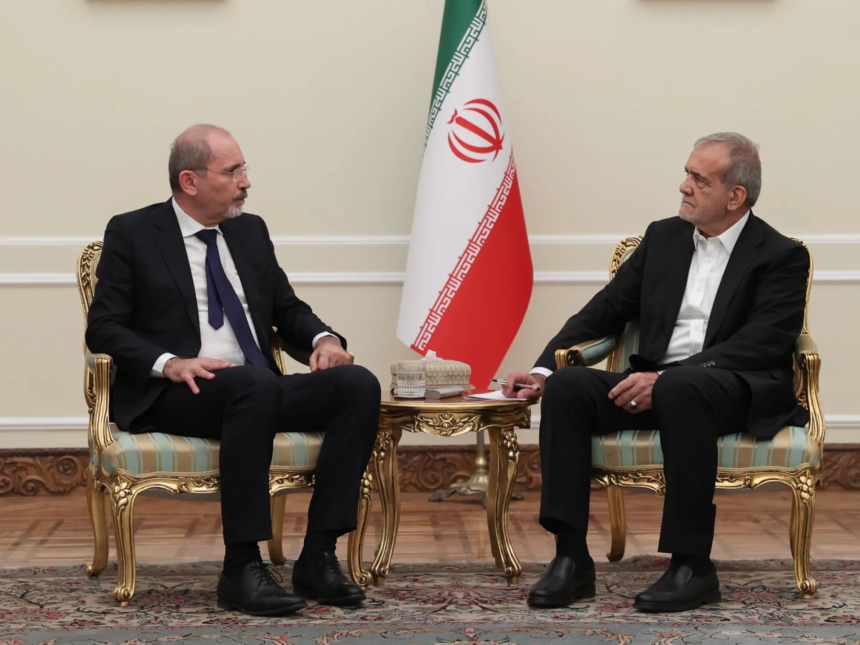1. A Delicate Approach to Escalation
In his address, Ayatollah Khamenei did not openly call for retaliation against Israel, opting instead for a tempered tone. He warned that the Israeli airstrikes should neither be “exaggerated nor downplayed,” a clear indication of Iran’s balanced approach. This carefully worded statement suggests that Iran aims to avoid further escalation, even while seeking to project strength.
2. Why Avoiding Escalation Matters
Khamenei’s choice of words reflects a strategic move to manage international perceptions. By advocating restraint, he acknowledges the risks of escalating into an all-out regional war, one that could involve multiple nations and alliances. Iran’s response could easily draw in neighboring countries, Hezbollah in Lebanon, Hamas in Gaza, and possibly even US forces in the region.
3. Israel’s Strategic Strikes: Focus on Military Targets
Israel’s airstrikes targeted specific Iranian military sites rather than infrastructure like oil fields or nuclear facilities, which could have prompted a fiercer response. Israeli officials stressed that the strikes were intended to deliver a precise message, not to push Iran toward a major escalation. This approach is a clear example of Israel’s commitment to maintaining a “controlled escalation” strategy, aiming to avoid direct provocations that could lead to unpredictable consequences Parchin Iran.
4. A Pattern of Tit-for-Tat Responses
Iran and Israel have a long history of tit-for-tat actions. This latest strike was Israel’s response to an earlier Iranian missile attack, which added another layer to the ongoing proxy conflict. Unlike many previous incidents, however, this particular exchange has garnered significant global attention, partly due to the increasingly volatile context within the region and the potential for broad-based conflict.
5. The Role of Regional Alliances
Iran’s influence extends to its allies, including Hezbollah, Hamas, and the Houthi rebels in Yemen. These groups often act as Iran’s proxy forces, increasing the stakes in any conflict with Israel. Should Iran choose to retaliate indirectly, these alliances offer several paths for a calculated response. At the same time, regional ceasefire efforts in Gaza and Lebanon add a layer of caution, as an all-out conflict could jeopardize these delicate truces.
6. The Casualties and Impact
Parchin Iran, State media reports indicate that four Iranian soldiers were killed in the Israeli strikes, a toll that has resonated within Iran. This loss has sparked debate over how Iran should respond, with some in the political sphere urging a show of strength, while others call for restraint. Khamenei’s statements reflect an inclination toward avoiding actions that might escalate the conflict further, showing Iran’s focus on a calculated rather than reactive stance.
7. U.S. Role and Reaction
The United States was reportedly informed in advance about the Israeli strikes but publicly distanced itself from the operation. This stance aligns with the U.S. approach of limiting direct involvement in Iran-Israel conflicts, though it remains a strategic partner to Israel. This distancing could also be a measure to avoid inflaming the situation, given the high stakes and the potential for a major confrontation in the Middle East.
8. Iran’s Military Posture: Flexing Without Acting
Khamenei’s speech emphasized Iran’s military readiness without explicitly stating any intentions to retaliate. Instead, he called for a demonstration of Iran’s “strength, will, and initiative,” signaling to Israel and the world that Iran remains a formidable power. This rhetoric can be seen as a flexing of muscles without necessarily committing to action, a maneuver that keeps options open.
9. The Fear of Wider Conflict
Observers are increasingly concerned about the possibility of a larger regional war. Should this pattern of strikes and counterstrikes continue, it could quickly escalate, drawing in not only Israel and Iran but also their respective allies. The presence of powerful alliances on both sides raises the stakes and increases the likelihood of a larger confrontation, one that could disrupt the stability of the entire Middle East.
10. The Path Forward: De-escalation or Conflict?
In light of recent events, the international community is closely watching both Israel and Iran for signs of their next moves. Diplomacy and de-escalation efforts remain paramount, with hopes that both sides will prioritize long-term stability over short-term gains. Ayatollah Khamenei’s restrained response may signal an openness to such efforts, though it remains uncertain how events will unfold.
Conclusion
The recent exchange between Israel and Iran highlights the fragile balance that both nations maintain. Ayatollah Khamenei’s cautious tone reflects Iran’s broader strategy of measured responses, indicating a desire to avoid a direct confrontation. However, with allies on both sides and the ever-present risk of escalation, the path forward is far from clear. Both Israel and Iran stand at a crossroads, with each move carrying the potential to either stabilize or destabilize the region Parchin Iran.
Read More: IPL 2025: Is MS Dhoni Returning? CSK CEO Kasi Viswanathan Drops a Major Hint
Final Thoughts
Parchin Iran, In these tense times, every action carries weight. The world watches as Iran and Israel navigate this high-stakes moment, hoping that diplomacy and restraint will ultimately prevail.










